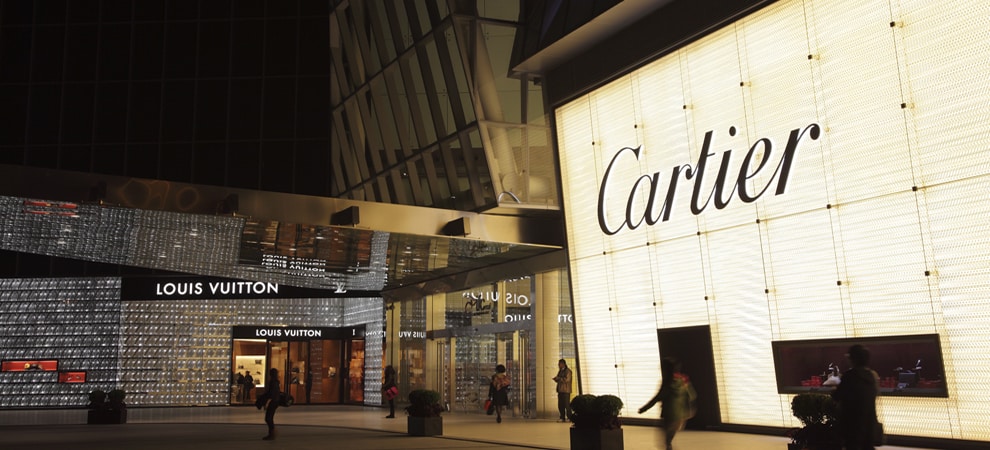Blog
Home » Diamonds blog » 6 Key Luxury Trends to Watch in Post-COVID Recovery
Focus on
THE LUXURY MARKETS

2020 will be a year that the luxury markets would prefer to forget, write Jean-Noël Kapferer and Jean Revis in a recent edition of the respected Business of Fashion journal. However, it is not a question of if the luxury markets will recover from the COVID-19 crisis, but rather of when. But when they do, they will be greatly changed.
Kapferer is a sociologist and co-author of The Luxury Strategy, while Jean Révis is the co-founder and CEO of MAD, a consultancy firm focusing on the luxury sector that is based in Paris. Together they pinpointed six trends that they say will characterize the recovery.
“The Chinese are inherently optimistic and have faith in their future,” Kapferer and Revis write in Business of Fashion. “As a result, this market will start up first.”
But here will be other factors at play, including the Chinese government’s intention of increasing boosting the portion of luxury purchases they make in Mainland China from 25 percent to 50 percent.
“With travel down sharply, this should be easier to achieve, and most major Chinese luxury retailers seem to be sticking to their yearly sales targets,” Kapferer and Révis note.
The traditional luxury markets, mainly in Europe and the United States, and also Japan, are behind China on the COVID-19 curve, meaning the effects of the lockdown are likely to be experienced for a longer period of time.
The presence of the virus, which pushes health concerns to the forefront, has the effect of suppressing the consumer appetite for non-essential luxury goods. “Pessimism does not lead to indulgence,” Kapferer and Révis write.
“In these markets, we can expect a kind of backpedalling towards lower spending for some time,” they add. “This is not a good forecast for luxury, though brands rooted in minimalism, restraint or classical craftsmanship may fare better.”

Jean-Noël Kapferer
The growing comfort of both consumers and industry members with e-commerce and long-distance digital communications, initially as means of coping with the COVID-19 lockdown, will have a long-term effect.
“Just as companies have successfully adapted to remote working as a result of the coronavirus, so, too, might consumers change their channel habits, embracing e-commerce for their shopping,” write Kapferer and Révis.
Stores will remain essential, the state, but digital engagement will become more important to the purchasing path.
Brands that rely too heavily on wholesale channels are more likely to lag behind during the recovery, Kapferer and Révis suggest.
“During the last recession, brands that enjoyed the real luxury of managing their own distribution could control their prices and avoid the temptation of rebates,” they note. “And they also control troves of consumer data to best engage their more-precious-than-ever local customers.”
A pandemic by its very nature raises existential questions, particularly when it exposes man’s inability to control the forces of nature. Thus, the demand that luxury business show itself to be sustainably responsible would seem more important than ever before.
“The brands that have developed a clear sustainability strategy will be better placed to win with consumers when the crisis subsides. The next step will be to find the right way to share these strategies with clients, as sustainability still hasn’t yet been integrated into ‘selling ceremonies.,’” Kapferer and Révis write.
After weeks of confinement and collective hardship, these social motivations like exhibiting success on social networks may appear weak and irrelevant, Kapferer and Révis suggest.
“In a post-virus world, the more intimate values of luxury may prove to be more relevant than ever,” they write.

Jean Révis
